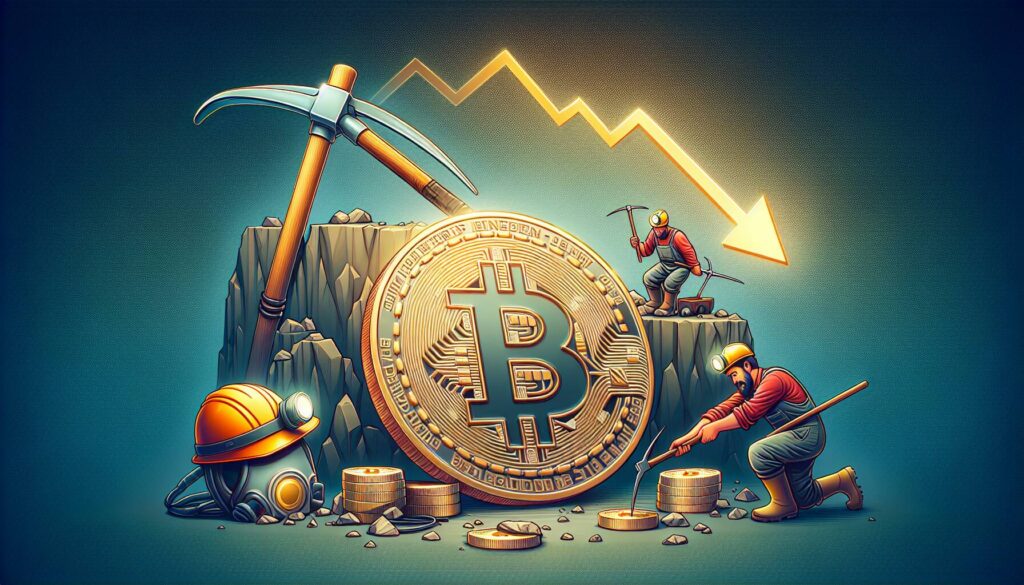In a significant move for the cryptocurrency landscape, Paxos has announced that its stablecoin, Global Dollar (USDG), is now available to consumers across the European Union. This development arrives as the demand for U.S. dollar-backed stablecoins continues to rise in Europe, where Circle’s USDC currently holds the position as the largest MiCA-regulated option.
Backed by an impressive consortium that includes notable firms such as Robinhood, Kraken, and Mastercard, USDG stands out as a fully regulated digital asset. Its compliance with Europe’s Markets in Crypto-Assets (MiCA) and supervision by the Finnish Financial Supervisory Authority (FIN-FSA) and the Monetary Authority of Singapore (MAS) underscores its legitimacy in the market. According to Walter Hessert, head of strategy at Paxos, “USDG is a fully regulated global USD-stablecoin that is compliant with MiCA and now available in the EU, a testament to our commitment to offering global digital assets that are supervised by prudential regulators and also meet the highest standards of consumer protection.”
“Fulfilling requirements under the EU’s MiCA regulation necessitates that Paxos Issuance Europe, which is regulated by FIN-FSA, holds a portion of USDG reserve assets with European banking partners,” Paxos stated.
This entry of USDG into the European market could reshape the stablecoin ecosystem, providing consumers with an alternative that meets stringent regulatory requirements while potentially enhancing their options for secure and reliable digital transactions.

Global Dollar (USDG) Launch in the European Union
The launch of USDG, a regulated stablecoin, presents significant implications for consumers and the financial landscape in Europe.
- Issuance and Regulation
- USDG is issued by Paxos, a regulated fintech company.
- Complies with Europe’s Markets in Crypto-Assets (MiCA) and regulations from authorities including FIN-FSA and MAS.
- Backed by Major Financial Institutions
- Supported by a consortium that includes Robinhood, Kraken, and Mastercard.
- Enhances credibility and trust for consumers adopting USDG.
- Market Demand for Stablecoins
- Rising interest in U.S. dollar-backed stablecoins in Europe.
- USDG offers consumers a regulated alternative to existing options like Circle’s USDC.
- Promise of Consumer Protection
- Emphasizes high standards of consumer protection through regulatory oversight.
- Assures users of the stability and security of their investments in USDG.
- Impact on Financial Transactions
- USDG could facilitate cross-border transactions and enhance accessibility to digital assets.
- Might influence the way consumers and businesses engage with cryptocurrencies in the EU.
Comparative Analysis of Global Dollar (USDG) in the Stablecoin Market
The recent announcement regarding Global Dollar (USDG), a stablecoin launched by Paxos, positions it as a noteworthy player in the European market. With robust backing from industry giants like Robinhood, Kraken, and Mastercard, USDG enters a competitive landscape primarily dominated by Circle’s USDC, currently the most prominent MiCA-regulated stablecoin in Europe. This move symbolizes a strategic advantage for USDG as it aims to capture a share of the growing demand for U.S. dollar-backed cryptocurrencies.
One of the key advantages of USDG is its regulatory compliance under the EU’s Markets in Crypto-Assets (MiCA) framework, along with oversight from the Finnish Financial Supervisory Authority and the Monetary Authority of Singapore. This credible regulation can foster consumer trust and may attract users who prioritize security and compliance compared to other alternative options in the market, which may not possess the same level of rigorous regulatory scrutiny.
However, while USDG provides a regulated alternative, it faces significant challenges. Circle’s USDC is already well-established and benefits from strong brand recognition and existing user trust. USDG’s entry might face resistance from users accustomed to using USDC, who may be hesitant to switch to a relatively new player in the stablecoin arena. Additionally, the saturation of the stablecoin market could hinder USDG’s efforts to penetrate deeper into consumer wallets, considering the multitude of options available.
The introduction of USDG could benefit consumers looking for regulated options that offer transparency and security in the digital asset space. It can particularly appeal to businesses and financial institutions that require reliable payment solutions without the volatility commonly associated with cryptocurrencies. On the flip side, the increased competition might create challenges for incumbents like USDC, forcing them to innovate and enhance their offerings to retain market share.
In summary, while USDG’s regulated status and strong backing present significant advantages, the existing competition and adoption barriers could pose challenges for its widespread acceptance in Europe’s stablecoin market.















